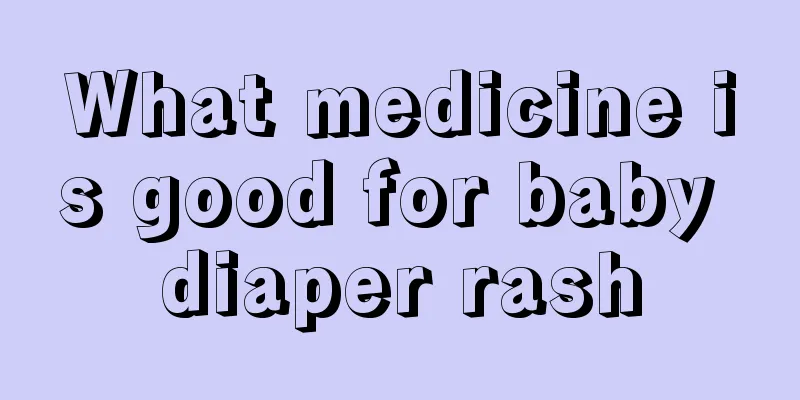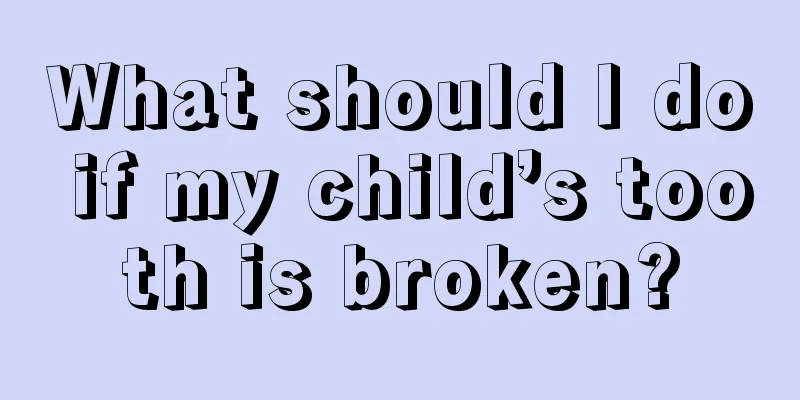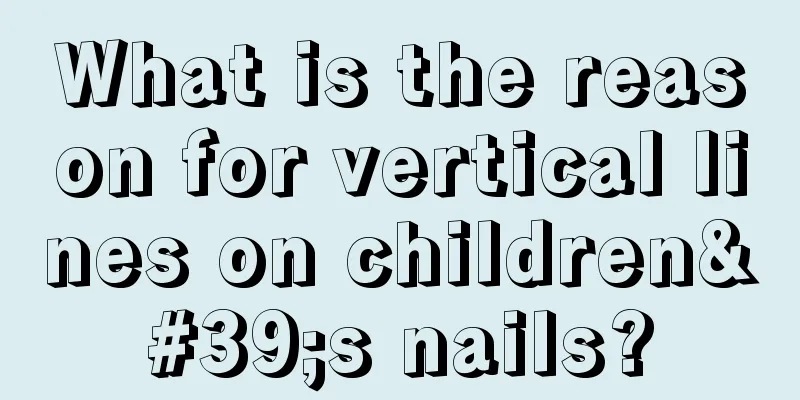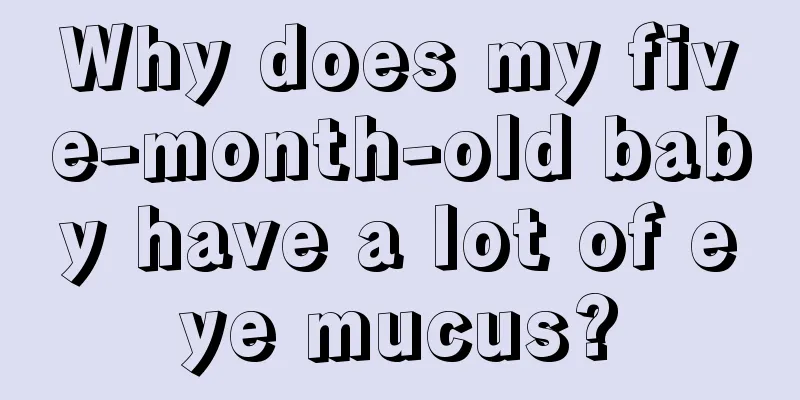What is the best medicine for children's dermatitis?

|
Dermatitis is not a disease, but a general term for a type of disease. All skin inflammations caused by infectious or non-infectious factors belong to dermatitis. The symptoms of dermatitis are diverse, the treatment process is complicated and it is very easy to relapse. It can only be slowly killed by continuous medication. Infectious harmful bacteria. This article introduces the medicines used for children's dermatitis. Children's skin is relatively tender and fragile, and the medicines used should not be too irritating. The editor will introduce it in detail below.
Dermatitis is a general term for inflammatory skin diseases caused by various internal and external infections or non-infectious factors. It is not an independent disease. Its etiology and clinical manifestations are complex and diverse, and it recurs repeatedly, making clinical treatment more difficult. Systemic drug therapy The purpose is to fight inflammation and relieve itching. Antihistamines, sedatives, etc. can be used, but corticosteroids are generally not suitable. Acute and subacute phases: intravenous injection of calcium, vitamin C, etc. or intravenous blockade with procaine can be used; ① For patients with skin lesions <30%, topical medications can be combined with antihistamines, compound glycyrrhizin, etc. for oral administration; ② For patients with skin lesions ≥30%, 10% calcium gluconate or sodium thiosulfate or compound glycyrrhizin preparations can be used for intravenous administration;Chronic stage: ① For patients with skin lesions <30% of the area, topical medications can be appropriately combined with antihistamines, compound glycyrrhizic acid, etc. for oral administration; those with poor therapeutic effects can use tripterygium wilfordii preparations or immunosuppressants for a short period of time, and stop taking the medication after the disease is controlled; ② For patients with skin lesions ≥30%, most of them need to take compound glycyrrhizic acid, tripterygium wilfordii preparations or immunosuppressants, immunomodulators, and antihistamines orally; hormones are not recommended.
Follow the principles for the use of topical medications. In the acute phase, if there is not much exudation, glucocorticoid cream can be used. If there is a lot of exudation, cold wet compress with 3% boric acid solution can be used. After the exudation decreases, glucocorticoid cream can be used, or it can be used alternately with oil. In the subacute phase, glucocorticoid emulsions and pastes can be used, and antibiotics can be added to prevent and treat secondary infection. In the chronic phase, ointments, plasters, and film-forming agents can be used. For stubborn localized skin lesions, intradermal injections of glucocorticoids can be used. |
<<: Can a one year old take ibuprofen granules?
>>: The order of adding complementary food to children
Recommend
Newborn baby with high forehead
Many people say that babies with high foreheads a...
What to do if your five-month-old baby has a cold and stuffy nose
It is common for newborn babies to have a cold an...
What should I do if my two-year-old baby suddenly stutters?
There are many people who stutter in our daily li...
Reasons why children's sweat smells sour
Every child loves to move around, but exercise wi...
What should children eat if they have diarrhea and repeated fever?
Diarrhea is really uncomfortable. Not only does i...
Why is a three-year-old baby vomiting?
The phenomenon of three-year-old babies vomiting ...
Trace elements affect children's health
Trace elements are an indispensable part of maint...
How to guide premature infant feeding
We must pay attention to the feeding of premature...
Symptoms of otitis media in six-month-old babies
If a six-month-old baby gets otitis media, the ha...
What should I do if my child has gastritis?
Nowadays, the number of children with gastritis i...
Causes of childhood obesity
The disease of childhood obesity is becoming more...
What should I do if my baby has black spots under his eyes?
In our daily lives, we often see some women with ...
What are the best shampoos for kids?
Because children's skin is relatively delicat...
What to do if your child has a stuffy nose?
Children have poor physical resistance during the...
Can babies eat loofah?
Luffa is a vegetable that many people love to eat...









